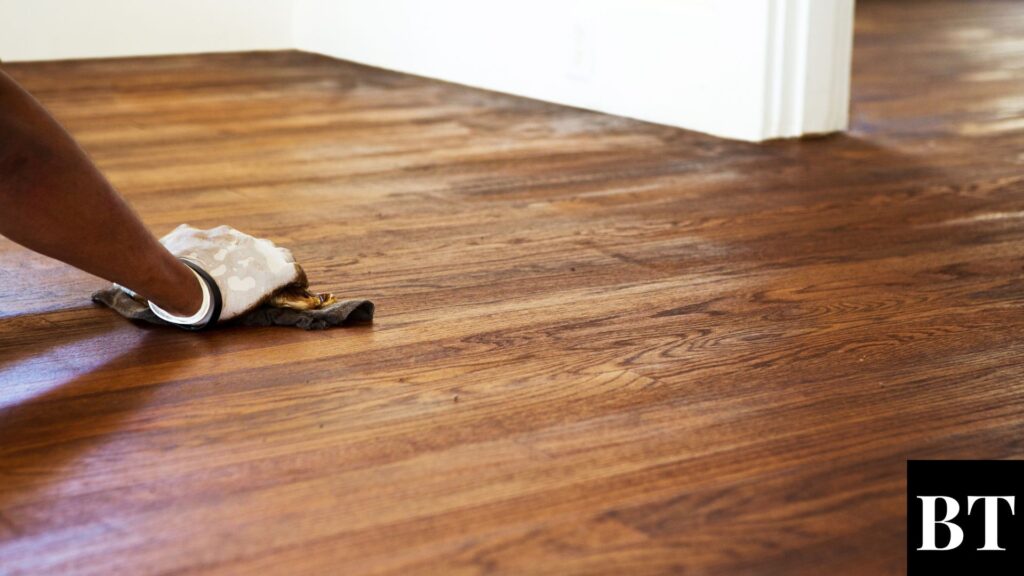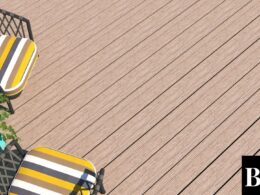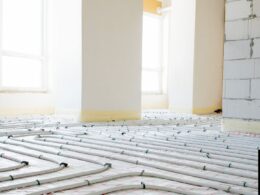Nothing beats having a solid, level, and functional floor in your home project. If you don’t plan your floor properly from the start, you might end up with wonky, slanted, or bouncy floors that will cost a pretty penny to fix later. So, before you lock in your design, let’s check out the different ways to build your floor and see how your choices can really shake up the rest of your project.
What kinds of floors structures are out there?
When you’re planning your upper floors, it’s important to think about how much space you’ll have left in the rooms below. So, during the design phase, make sure to account for everything that makes up the floor structures—boards, coverings, ceilings, and plasterwork.

And don’t forget about the ground floor! Once you’ve insulated it and added floor coverings, you’ll want to know the final surface height. This is especially tricky when you’re adding an extension because you want to avoid weird steps between the main house and the new part. Get some detailed section drawings to help you figure out the vertical space. Keep in mind that pesky planning rules might limit how tall your top-floor rooms can be.
Some popular floors structures include:
- Beam and block floors, perfect for ground floors in self-build projects. But if you’re doing a small extension, concrete slabs might be a more budget-friendly choice.
- For a quick install, go for beam and block systems with insulated blocks.
- When it comes to first floors, you’ve got options like traditional softwood joists, timber I-joists, or open metal web joists. The latter two might cost a bit more but offer some cool benefits. Timber I-joists won’t warp over time, giving you a quieter floor. Open metal web joists make installing services a breeze.
So, think about your floor wisely, and don’t hesitate to call in Masonry Brick and Stone Services for expert guidance!

Exploring Different Types of Floors: From Mud to Concrete
- Mud flooring, also known as Adobe flooring, is a budget-friendly choice often seen in rural homes. It’s low-maintenance and offers insulation for extreme weather. However, it’s not suitable for commercial buildings. For upkeep, think about roof repair and maintenance services.
- Brick flooring is simple to install and fix but can soak up moisture, potentially causing dampness. It works well in shops and warehouses. If moisture problems pop up, consider seeking roof replacement services.
- Tile floors come in various styles, colors, and shapes, making them versatile for different spaces like courtyards and modern buildings. Proper installation involves placing tiles on a cement mortar base.
- Flagstone floors use stone slabs and are common in places like storage areas, motor sheds, and walkways. Make sure to lay them in mortar with minimal joint thickness.
- Cement concrete floors are durable and easy to clean, making them popular today. They come in various types, including non-monolithic, monolithic, terrazzo, and timber floors. They’re known for their toughness and fire resistance. If you need care or repairs, consider roof repair and maintenance services.
When facing roofing issues such as ice damming or the need for roof care, repairs, or replacement, reach out to professionals to safeguard your building’s long-term well-being.

Why mortar joints and loose bricks in the walls of a house are essential for your house
Mortar joints and those wobbly bricks or stones usually hang out with the walls of a building, not the floor where you do your fancy footwork and set up furniture. The floor is where you strut your stuff; walls, on the other hand, have their own set of concerns when it comes to keeping things sturdy. Now, why should we bother with these wall matters? Well, here are some down-to-earth reasons.

Mortar joints and bricks or stones in the walls help the building stand tall. If they get loose or cranky, it could mess with the whole structure. Broken or old-school mortar joints can let rainwater sneak in, causing damp problems, growing mold, and maybe even ruining your cozy indoor space. Cracked or shabby walls don’t do a house any favors in the looks department. Fixing them up can give your place a facelift. Loose bricks or stones might take a tumble, and that’s a safety hazard. So, remember, if you need a hand, don’t hesitate to call up those pros from Masonry and stone services to lend a helping hand!
How floor construction can impact the risk of ice damming?
Ice damming usually happens on the roof, not the floor. But, the way you set up your floors can indirectly affect the chance of ice dams.
Making sure your walls, roof, and floors are well-insulated and sealed is key to keeping your indoor temps steady. If there are gaps in your attic or roof insulation, heat can escape through the roof in winter. This can melt snow on the roof, and when it refreezes at the eaves (where it’s colder), it forms ice dams.
Good roof ventilation helps control attic temps and prevents warm air buildup that leads to ice dams. Sometimes, floor construction or insulation issues can mess with attic ventilation, indirectly playing a role in ice damming. If there are big heat leaks from the living space below the roof due to gaps in the floor or poor insulation, it can warm up the roof, melting snow and causing ice dams.
Remember, the main factors behind ice dams are roof-related, like the roof’s angle, insulation, ventilation, and outside temps. To stop ice dams, focus on fixing these roof and attic issues.
Read more:









1 comment
Comments are closed.